3 Articles Regarding the Senses: Vision, Hearing & Vestibular, and Touch
Article #1
From Vertigo to Tinnitus, Ear Ailments Are New Focus for Drugs
DESCRIPTION
This article is found in the business section of the New York Times rather than the health or science sections. It focuses on pharmaceutical research companies that are only now exploring a new frontier in medicine: hearing. Of course there are hearing aids and cochlear implants for hearing loss, however there are a number of other problems related to the mechanism, structure, and perception of sound. “Crucial to hearing are about 15,000 so-called hair cells in the cochlea, part of the inner ear, which convey signals to the auditory nerve leading to the brain. The hair cells can be damaged by loud noise, by disease, by exposure to certain medicines, or simply by the passage of time. And the hair cells do not regenerate, so once they are destroyed the loss is permanent.” From issues of damage, disease, and aging, new research is attempting to find medications to ameliorate these problems. For teaching purposes, the article is helpful to discuss application of knowledge of hearing to real world scenarios.
SOURCE
New York Times, January 9, 2015, by Andrew Pollack
LINK TO RESOURCE
(Tiny URL) http://tinyurl.com/ha3deaa
Article #2
Touch and The Autism Spectrum
DESCRIPTION
Many children and adults on the autism spectrum have sensitivities to a variety of stimuli (light, sound, touch). This article provides a very practical approach to describing the sensitivities that some individuals have to touch in particular. The article provides a number of examples that happen in everyday life when neurotypical (a person without autism) touches a person (on the spectrum) who has the sensitivity to touch. “…the focus of this article will be how many individuals with autism experience touch; some of the challenges with touch; and how both individuals with autism and individuals without can understand and relate to each other better in light of the facts.” The author briefly discusses practical solutions to dealing with “desensitizing” to touch with a focus on helping the autistic individual cope.
SOURCE
Psychology Today, November 8, 2011, by Stephen Borgman
LINK TO RESOURCE
https://www.psychologytoday.com/blog/spectrum-solutions/201111/touch-and-the-autism-spectrum
(Tiny URL) http://tinyurl.com/z86qo6l
Article #3
The App That Helps Blind People See
DESCRIPTION
To the blind and visually impaired, having to rely on dogs and other people stifles independence and narrows the world around them. Imagine pointing a phone at an object or a sign and having the app state what the object is (without touching) or to read the sign. Aipoly Vision is an app (free) that can do just that! In the hands of a blind individual, the app can help identify the world, objects, colors, logos and so on as the individual traverses the environment. “…early users of the app have called it “game changing” and on par with self-driving cars for its potential to transform the lives of blind people.” The website of the Week and App of the week are coordinated for your students to learn about the visual sense and the deficits caused by impairment.
SOURCE
Newsweek, March 21, 2016, Anthony Cuthbertson
LINK TO RESOURCE
http://www.newsweek.com/app-helps-blind-people-see-433253
CLASS DISCUSSION QUESTIONS
•First discuss the sense from the point of view of deficits, diseases, problems (blindness, deafness, vertigo, and so on). Have the students discuss sensory loss in terms of aging, disease, trauma and so on. Ask for personal and family experiences and relate to ADA issues as well.
•How are the problems of the auditory mechanism described in the article? Have the students understand problems of hearing loss, balance, vertigo, tinnitus and so on. According to the article, why is it only now that pharmaceutical companies are researching medicines for the various problem discussed in the article?
•Discuss autism spectrum disorders from a sensation and perception perspective. Touch sensitivity gives rise to many parent-child and adult relations issues. How does the article take a practical approach to the problems?
•The article on Airplay Vision app discusses a new approach to helping the blind, have the students download the app and use it as part of a homework assignment. Use the next class to discuss the visual system and how this app might ameliorate problems of navigating the environment. Use it for a classroom demonstration.


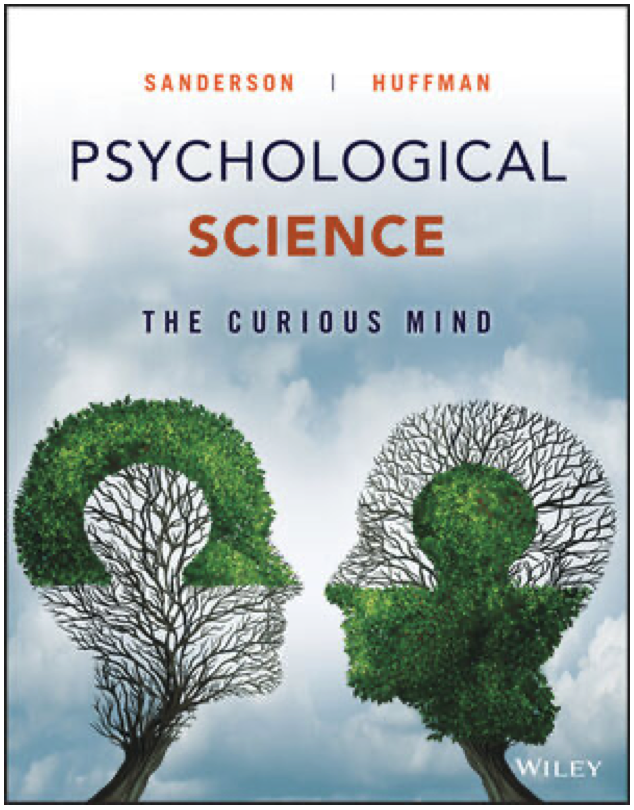
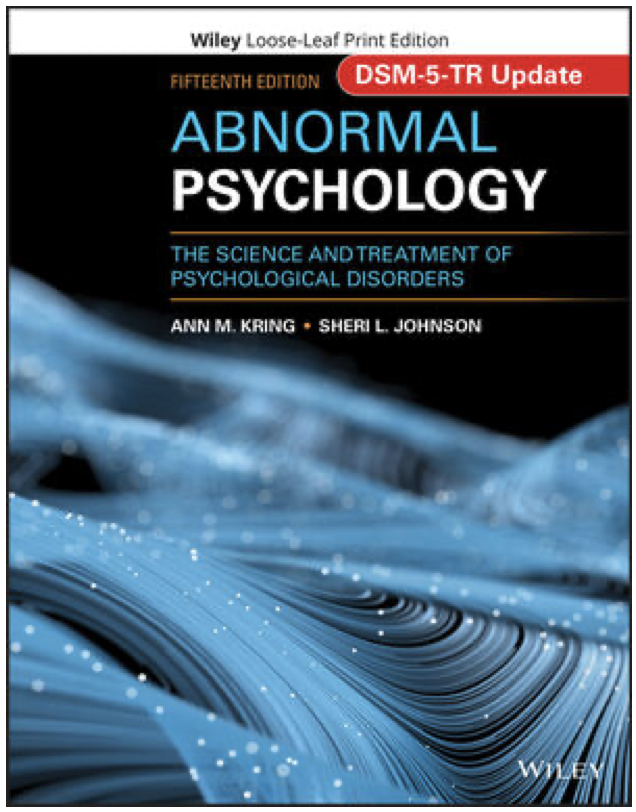
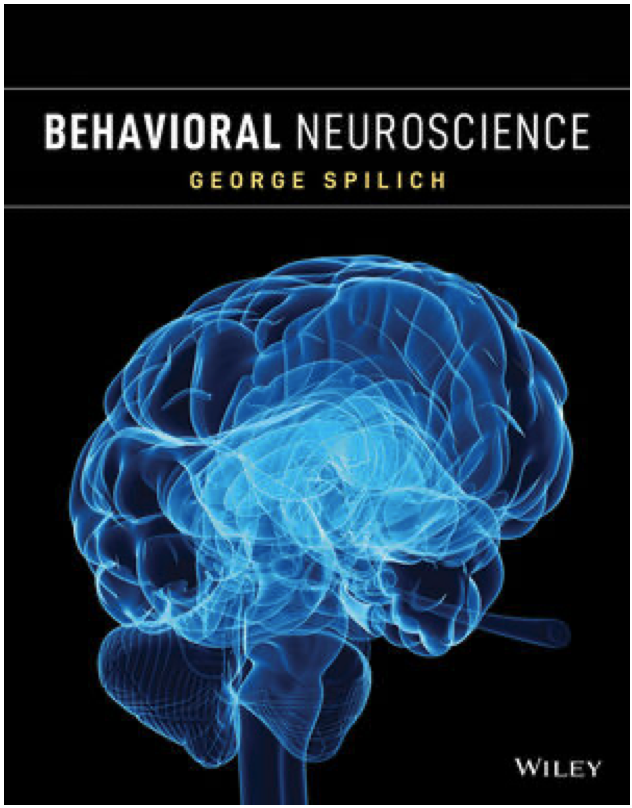
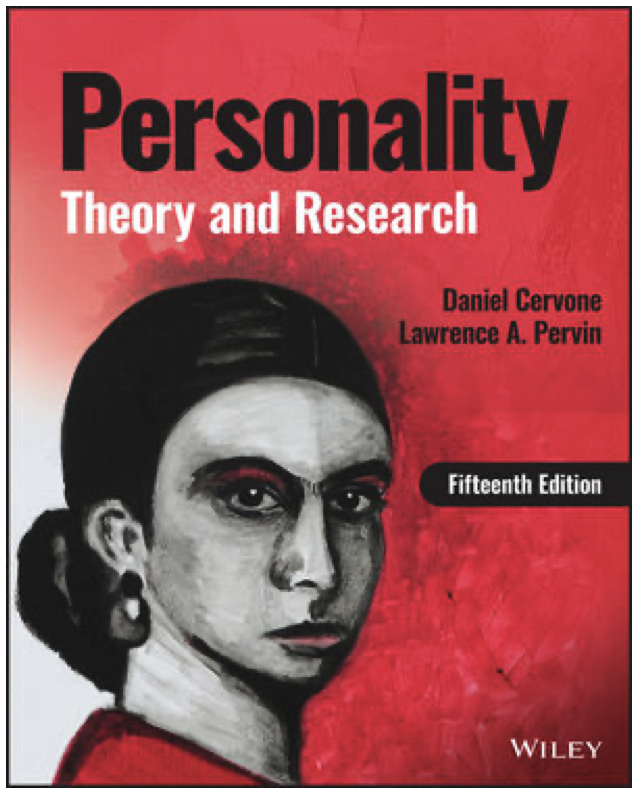
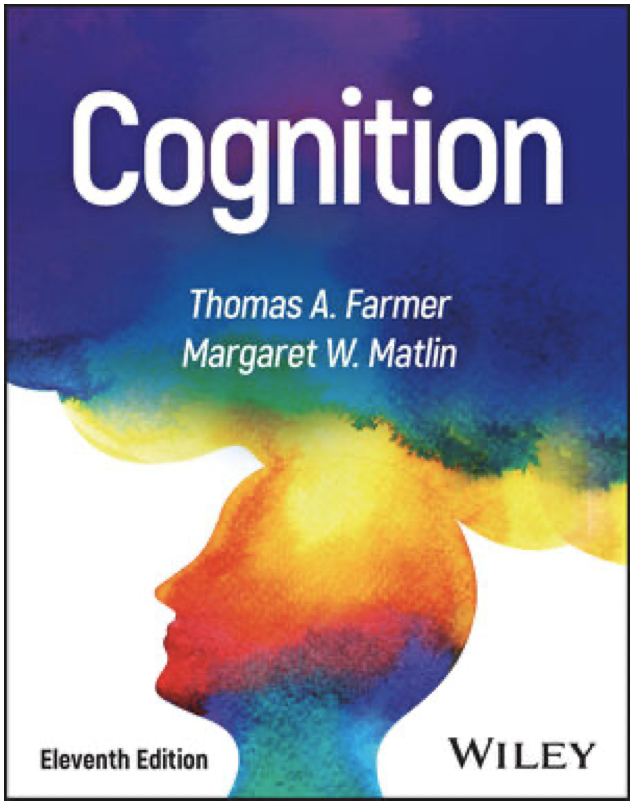
Leave a Reply